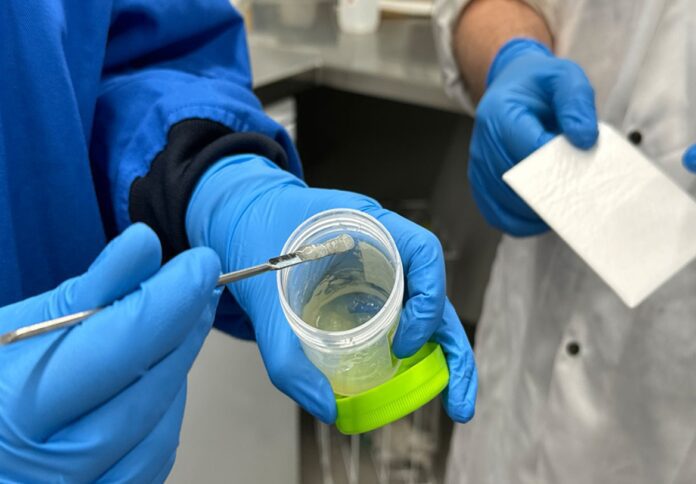
RMIT University researchers have invented a nano-thin superbug-killing substance that could be used in wound dressings and implants to prevent or repair bacterial infections.
The solution, which has undergone advanced pre-clinical trials, is effective against a wide spectrum of drug-resistant bacterial cells, including ‘golden staph’, also known as superbugs.
The study, spearheaded by RMIT University and the University of South Australia (UniSA), explored the potential of black phosphorus-based nanotechnology as an advanced infection treatment and wound healing solution.
Their findings, published in Advanced Therapeutics, revealed that this nanomaterial effectively treated infections by eradicating over 99 per cent of bacteria without harming other cells in biological models.
In pre-clinical trials, this superbug-fighting nanotechnology demonstrated promising results, rivalling the effectiveness of antibiotics in eliminating infections and accelerating the healing process.
Researchers found that wounds treated with the nanomaterial showed an impressive 80 per cent closure within just seven days.
RMIT co-lead researcher Professor Sumeet Walia explained that the nanomaterial’s unique ability to self-decompose after eliminating the infection threat is a game-changer.
Moreover, black phosphorus’s stability and easy degradation in the presence of oxygen make it an ideal candidate for microbial eradication.
“As the nanomaterial breaks down, its surface reacts with the atmosphere to produce what are called reactive oxygen species. These species ultimately help by ripping bacterial cells apart,” Walia said.
Dr Aaron Elbourne, co-lead researcher at RMIT, highlighted the urgent need for new treatments to combat antibiotic-resistant superbugs, emphasising the substantial health burdens they impose globally.
He expressed optimism about the potential of their invention to revolutionise clinical treatments and effectively tackle this growing problem.
“Superbugs – the pathogens that are resistant to antibiotics – are responsible for massive health burdens and as drug resistance grows, our ability to treat these infections becomes increasingly challenging,” said Elbourne, a senior research fellow in the university’s School of Science.
UniSA’s Dr Zlatko Kopecki and his team conducted pre-clinical trials, demonstrating that daily topical application of black phosphorus nanoflakes significantly reduced infections and accelerated wound healing.
Dr Kopecki stressed the urgency of developing non-antibiotic approaches to manage wound infections, considering the scarcity of effective antibiotic treatments.
The research team said it is eager to collaborate with industry partners to further develop and prototype this groundbreaking technology, offering hope in the battle against antibiotic resistance.













